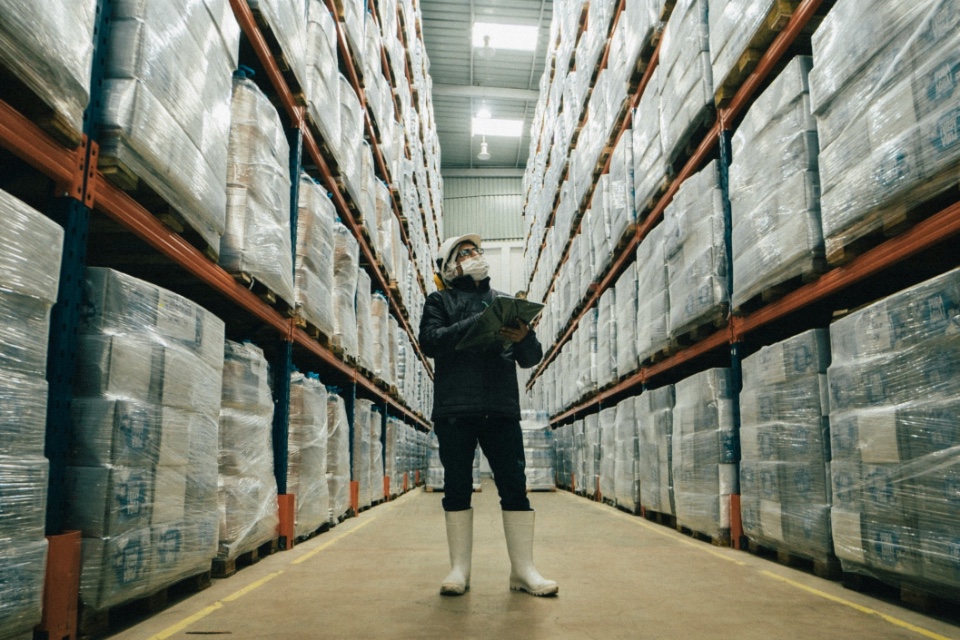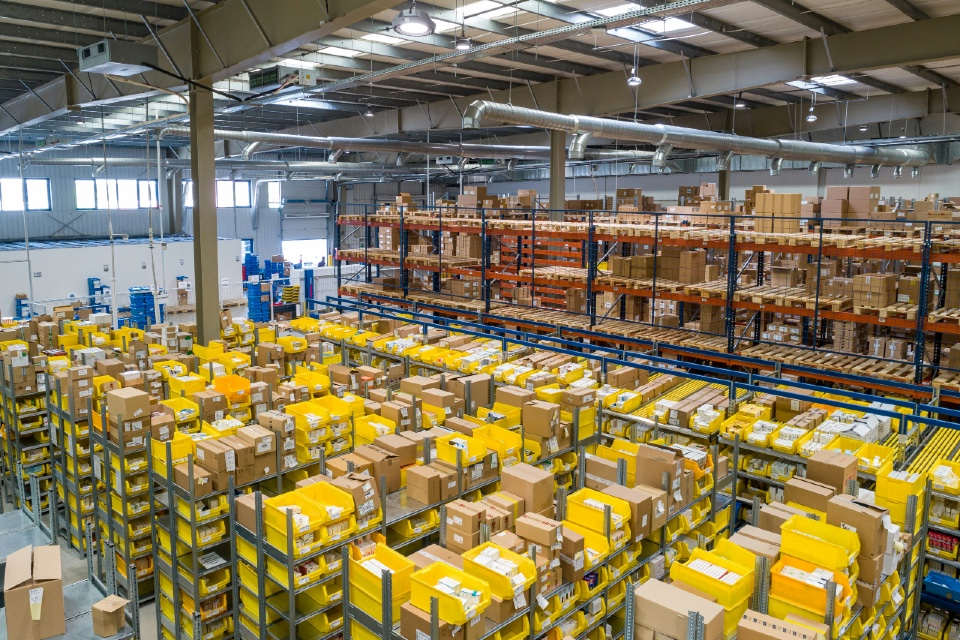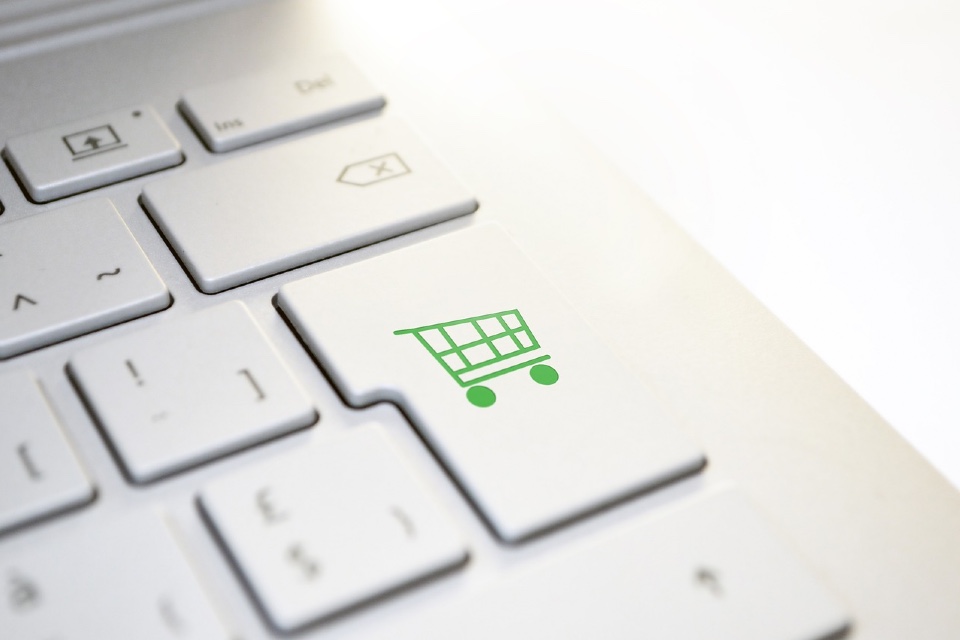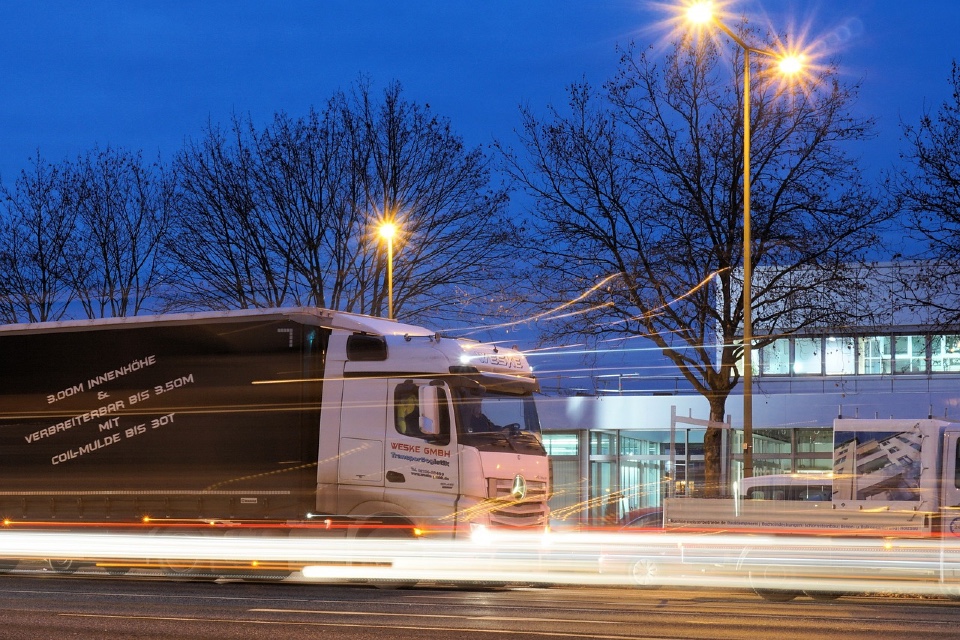Technology could be key to improving staff mental health in warehouse environments

Over 40% of warehouse workers have seen their mental health suffer as a result of their work, although technology is playing a big part in improving that, according to new research. The Warehouse Workers Mental Health Report from StoreFeeder, which surveyed 500 warehouse workers across the country, indicates 56% of workers believe that the introduction of technology into the […]
Moody’s: ‘Organisations face imperative’ to understand who they do business with

A study published by Moody’s suggests organisations face greater challenges to understand who they do business with amid rising risks and evolving regulations, based on interviews with senior risk and compliance professionals. Moody’s study found that Entity Verification – a data-driven process that helps verify and authenticate the credentials of each entity a firm onboards […]
Half of firms with warehouses will use AI vision solutions by 2027

50% of companies with warehouse operations will leverage AI-enabled vision systems to replace traditional scanning-based cycle-counting processes by 2027. During the Gartner Supply Chain Symposium/Xpo last month Gartner, experts presented key emerging supply chain technology trends that will support new business models, augment and automate decision making, and foster ecosystem collaboration. AI-enabled vision systems are novel […]
Automation being used to address staff shortages in 54% of supply chain operations, says study

A new study says 54% of supply chain and logistics leaders surveyed are focused on automating non-value-added and repetitive tasks with technology to improve worker productivity in the face of notable workforce shortages, underscoring the many functions that are routine and non-integrated, requiring manual intervention. To help drive productivity gains for labor workers, the top technology choices in […]
Are these the top trends in supply chain tech for 2024?

Advancements in technology will provide supply chain technology leaders and chief supply chain officers (CSCOs) with opportunities to support new business models, augment and automate decision making and foster ecosystem collaboration, according to Gartner. With these emerging opportunities, the market analyst has identified the top eight strategic supply chain technology trends for 2024 that will […]
80% of supply chain not accounted for in current digital decision models

The vast majority of the supply chain environment is uncaptured by supply chain decision makers’ current digital models, resulting in digital trade-off analysis failing to improve outcomes, despite the potentially transformative capabilities of these new tools. Digital trade-off analysis includes things such as what-if analysis, scenario modeling, or simulations. Digital trade-off analysis offers improvements in […]
Where are brands applying innovation to supply chain and logistics operations?

The turbulence of the past two years has shown senior management the importance of supply chains and logistics. Within this business landscape, the need for retailers to innovate to adapt their supply chain and logistics operations to meet the challenging market conditions has never been more important. While every company’s challenges and opportunities are unique, […]
82% of shoppers experience out-of-stocks as supply chain issues persist

With retailers facing continued supply chain disruption – from the long shadow of covid-19 to Russia’s war on Ukraine and climate change – shoppers are reporting increased levels of out-of-stock products. That’s according to the latest data from Retail Insight, which polled over 1,000 UK shoppers revealing that 82% have experienced out-of-stock products in-store in […]
Volatile transport costs impacting logistics throughout August

Data from the TEG Road Transport Price Index reveals that road transport prices fell 2.13% during July, with haulage prices dropping just under 4%. However, prices have been relatively stable so far this year, marching slowly upwards since February. The combined haulage and courier index had risen by less than 8 points up to July. […]
Road freight prices stable, despite inflationary pressures

The latest data from the TEG Road Transport Price Index shows that year-on-year haulage and courier prices remain stable, despite inflation pushing prices up elsewhere. However, the reintroduction of the HGV levy and staff shortages on the horizon means that stability might not last long. The overall price-per-mile in June 2022 was 121.9 and is […]

